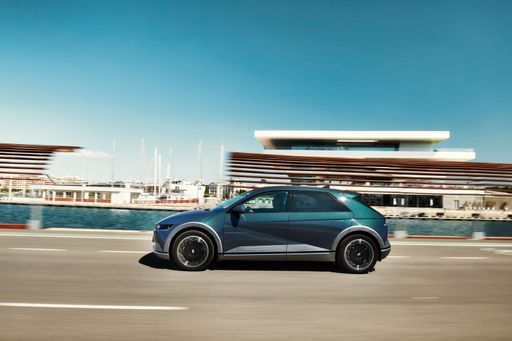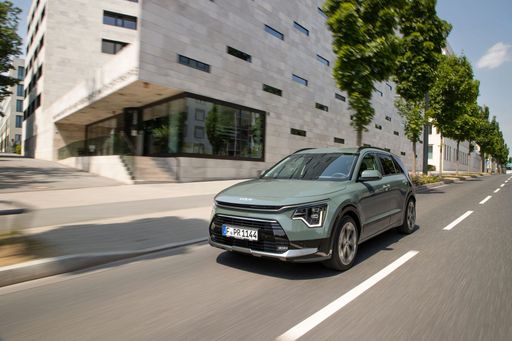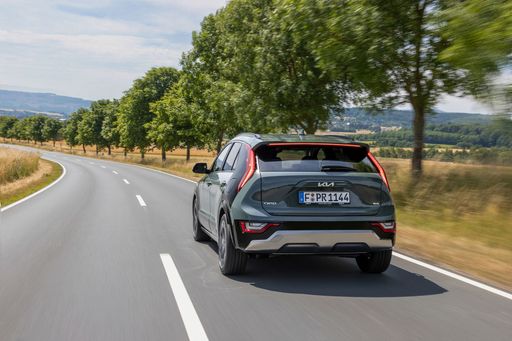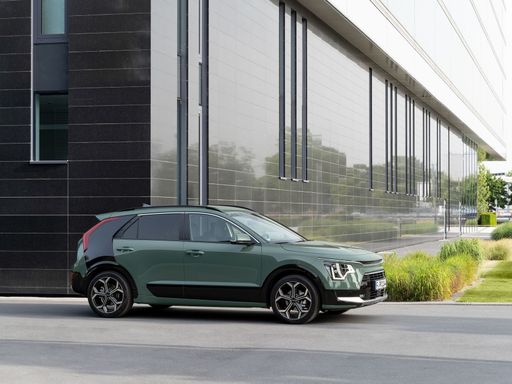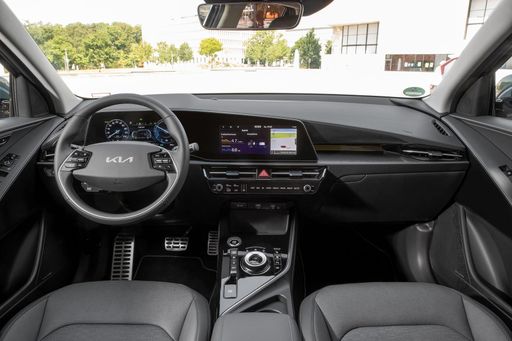Electric Innovation: Hyundai IONIQ 5 vs. Kia Niro
As the automotive landscape increasingly shifts towards electrification, two contenders from South Korea are making waves in the sustainable SUV segment: the Hyundai IONIQ 5 and the Kia Niro. Both vehicles embody their brands' commitments to innovative design and technology, yet they cater to slightly different needs. Let's delve into what makes each of them stand out.



